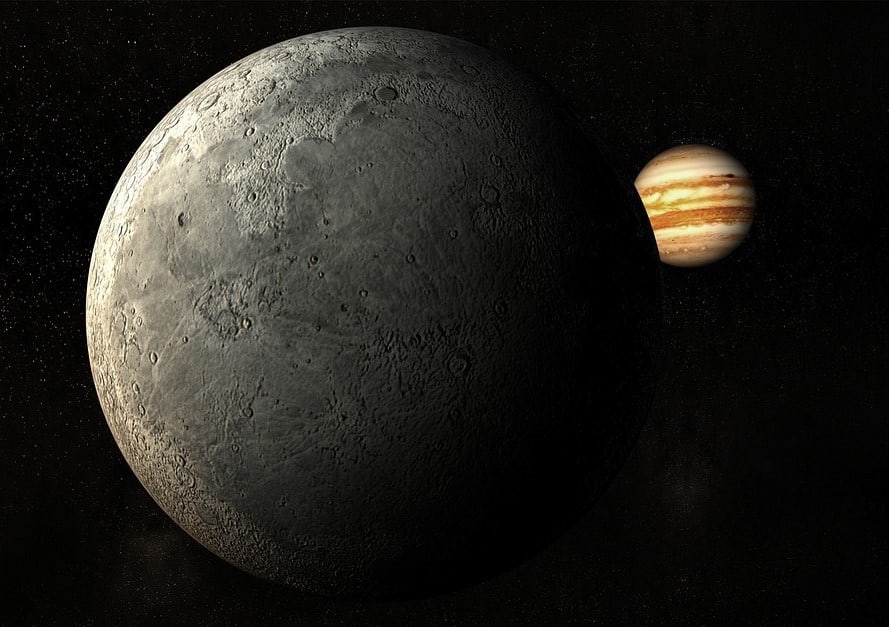It looks like Saturn will have to turn over the title belt to Jupiter for the most moons in the Solar System. A discovery of 12 new moons by astronomer Scott Sheppard has tipped the scale in Jupiter’s favor. The planet’s count rises from 80 to 92, as compared to Saturn’s 83 satellites.
Sheppard discovered the moons in 2021 and 2022 at the Carnegie Institution for Science. He reported his findings to the Minor Planet Center of the International Astronomical Union, which tracks all reports of small bodies in the solar system. However, before the moons could be officially confirmed, their complete orbits had to be tracked. Now, all twelve have been officially confirmed.
The Minor Planet Center has not yet assigned names to any of the newly discovered moons, but they will do so in the coming months.
The moons are leftovers from the gas and dust disk that surrounded Jupiter after it formed; the planet then engulfed and pulled most of the material into its orbit. These planet-forming elements can open a window into the Solar System’s early history.
“We have been surveying for new moons around Jupiter serendipitously while our main survey is looking for planets in the outer solar system beyond Pluto,” Sheppard told CNN.
All of the newly discovered moons are relatively small, with diameters between 0.6 and two miles (one and 3.2 kilometers) across. It takes longer than 550 days for nine of the 12 moons to complete one orbit of the gas giant.
Jupiter is probably the most famous for its four Galilean moons. Ganymede, which exceeds Mercury in size, is the largest moon in the solar system; Callisto is the most cratered moon in the Solar System; Io is home to lava lakes and enormous volcanic eruptions; and Europa has an icy shell and an inner water ocean.
NASA’s Europa Clipper will launch next year to get a better look at Europa, and the European Space Agency’s Jupiter Icy Moons Explorer (JUICE), one of the better-monikered spacecraft, will head toward the gas giant in April to investigate the Galilean moons.
“These outer moons can only be visited by these spacecraft as they enter Jupiter’s gravitational sphere of influence,” Sheppard said. “The hope is that if we find enough, one of them will happen to just be near the spacecraft’s trajectory for it to get close-up images. These outer moons are important to understand because they are the last remnants of the population of objects that formed in the giant planet region as the rest of the material was incorporating into the planets.”







